Imagine the scene, George Lucas and Steven Spielberg are in Hawaii, 24 hours before the premiere of the film that was going to break all possible box office records, Star Wars, and the former begins to tell the latter the story of an archaeologist of dubious morals, based on Humphrey Bogart’s character in The Treasure of the Sierra Madre, who is looking for the Ark of the Covenant, an object that the Nazis also want, does this ring any bells?
There they were, the two guys who were going to change the film industry forever (whether for better or for worse is the subject of another article), mixing the two franchises that were to become the main points of reference in popular culture for the next four decades (films related to them are still being released). To make it even more iconic, all that was missing was for John Williams to come by and say Hey, guys, I just thought of a little song and whistle the main theme from Indiana Jones, which was the name of the archaeologist in question, despite the fact that at the time he had the surname of Smith…
We would have to go back to the early 70s to find the beginning of the story, George Lucas is already working on his particular space western, but he starts to get distracted and begins to write down things about an archaeologist who is a kind of tomb robber looking for supernatural objects, like Excalibur, King Solomon’s ring or Pandora’s box. If for his Star Wars the main influence had been Flash Gordon, for his story of the archaeologist he goes back to the serials that had fascinated him in his childhood, things from the 30s and 40s like the comics and films of Don Winslow who, while fighting the Nazis, searches for cemeteries of lost elephants or objects of gold. He also has a vision of what the adventure should look like visually, with one clear image, Zorro jumping from a horse onto a truck. That’s the kind of show he’s looking for and which he thinks cinema stopped offering in the 1970s.
To develop the concept, he asked his friend director Phillip Kaufman (who would end up making films such as Invasion of the Body Snatchers and The Right Stuff) for help, and it was Kaufman who added one of the key elements, the Ark of the Covenant. It turns out that his dentist was obsessed with that object and its legendary powers, which led to the title of the film, Raiders Of The Lost Ark, the first of the films starring Indiana Smith, in which all of them would be headed by the word Raiders. The Indiana thing was Lucas’ doing, who named him after the name of his dog when he was a child (something that the character would also end up keeping and which would be revealed in the third film of the series The Last Crusade, when Indiana’s father acknowledged that this was the dog’s name and that his real name was Henry Junior).
It was even proposed that Indiana Jones was an alcoholic, a kind of playboy or even a gambler.
But in the end, Lucas got financing for his main project, Star Wars, and the adventures of Indiana Smith sat in a drawer gathering dust, until Lucas and Spielberg met in Hawaii on the weekend of the Star Wars premiere. Both had already had two hits behind them, the first American Graffiti and the second had broken all the box office records with Jaws, but Lucas was nervous about Star Wars, he had had problems with the cast and the directing experience had been a bit of torture, something that would cause him to gradually withdraw from the job.
They were on the beach of the Mauna Kea hotel and decided to make a gigantic sand castle, one of them had the idea, if the castle could stand the first wave, once the tide had come in, Star Wars would become a box office success, if it fell, the film would fail. As they waited, they discussed upcoming projects and Spielberg told Lucas of his desire to make a James Bond film. Then the creator of Darth Vader had a light go on and said, I‘ve got a much better project.
It was there, on an idyllic beach in Hawaii, that Spielberg first heard of Indiana Smith, and he thought it was all great, thinking it was like a James Bond film without the baggage, but what didn’t convince him was the Smith part, to which Lucas replied, How about Jones? Needless to say, our hero already had a definite surname. Much of the film was already there, and Lucas even lied to him and told him that he already had two other sequels in the pipeline, which he also had to commit to direct, but the project was far from closed.
In the end, the wave came and did not bring down their castle; it inaugurated a tradition that the two friends would repeat with each of their films and that, according to Spielberg, always worked until 1986, when the castle withstood the wave before the release of the worst failure of Lucas’s career, the unspeakable Howard the Duck (1986)…
With Star Wars still smashing the box office, in January 1978 Spielberg and Lucas commissioned Lawrence Kasdan to script the film. Kasdan was a Spielberg discovery who had loved his work on Continental Drive. Before giving him the job, Spielberg and Lucas gave him the keys, the Ark of the Covenant, the Nazis, and so on, and in long nine-hour sessions they worked out the rest and outlined the character of Jones, who was to be a kind of anti-hero, someone vulnerable and also flawed, He didn’t have to be perfect either, and it was even proposed that he should be an alcoholic, a kind of playboy or even a ludopath, but in the end it was concluded that his work was already bordering on the limits of ethics and, in the end, it was necessary to get the public on his side.
https://www.youtube.com/watch?v=BOJ2D7kWog8
Spielberg began shooting 1941 and Lucas produced The Empire Strikes Back while Kasdan wrote the script, and when the script was finished they began looking for a producer and cast. Spielberg wanted Harrison Ford as the lead but George Lucas disagreed, he didn’t want Ford to become his own Robert De Niro, an actor always linked to his friend Martin Scorsese, and he didn’t think Ford would be interested in signing up for another trilogy, now that he was a big star thanks to Han Solo. Besides Lucas wanted someone more unknown, both he and Spielberg, big fans of Saturday Night Live, were thinking of offering the role to people like Bill Murray, Chevy Chase or Steve Martin, but in the end they decided on Tom Selleck, who totally fit the bill as an action hero. But the actor was attached to the TV series Magnum and couldn’t do it.
Meanwhile Spielberg had seen a special screening of The Empire Strikes Back and realised that his initial choice was right, Harrison Ford was Indiana Jones, so he lobbied Lucas until he convinced him and they got Han Solo to park the Millennium Falcon to wear a hat, leather jacket and whip and become the most famous archaeologist of all time. Incidentally, his costume is taken entirely from the film Secret of the Incas, starring Charlton Heston in 1954…
More difficult was getting a production company for the film. Lucas wanted to finance it himself, but he didn’t have the 20 million dollars budgeted, so he started going to all the studios to offer the project. Almost all of them turned him down, it seemed totally out of fashion and, above all, Lucas, who was always a visionary in this business, was looking for very favourable conditions, he wanted the studio to give them absolute freedom and, in addition, he wanted to keep all the rights to the film and its possible sequels.
On the other hand, and although it seems totally unthinkable now, the studios were wary of Spielberg as a director, he had a reputation for going over budget and, despite Jaws, his last film, 1941, had been both a critical and commercial failure. But Lucas would not negotiate who would sit in the director’s chair, Indiana Jones would be made by Spielberg or nobody. In the end he struck a deal with Paramount president Michael Eissner, who kept the rights to shoot the sequels and imposed severe penalties if they went over budget.
Spielberg decided not to let his best friend down, so he set out not to go over the shooting days as had happened in all his previous films, Paramount gave them 85 days of shooting, but Spielberg set out to shoot it in 73, for this he made a storyboard of each and every one of the scenes, achieved his goal and came out of the challenge being a much better director.
The filming took place in various countries, France, England, Tunisia and the USA, specifically in Hawaii, with a cast that included Karen Allen as Marion, John Rhys-Davies as Sallah, Denholm Elliott as Marcus Brody, and Paul Freeman as René Belloq, Jones’ dark side and arch enemy.
https://www.youtube.com/watch?v=1Hx05Ia_byQ
The film was a breath of fresh air to a genre that seemed stagnant, for Spielberg it was just a B-movie, but it would become much more, thanks in large part to his own work behind the cameras, full of great moments such as the entire opening sequence, Indy’s entrance into Marion’s club in Nepal, the scene in the Well of Souls, the incredible horse chase or the memorable ending. Spielberg gave a masterclass behind the scenes, delivering the most thrilling 115 minutes in the history of cinema, with an adventure that relied heavily on a sense of humour and continuous debauchery, with the hero moving from one adventure to the next with almost no time to breathe.
https://www.youtube.com/watch?v=yqQD8sVtfA4
The other two fundamental ingredients in its success were the music by John Williams, with one of the most iconic works by one of the greatest composers in the history of cinema, and Harrison Ford, who was not only perfect in his role, but also improved several of his parts, such as when Marion told him that he was no longer the man he had known ten years before, and Indy answered, It’s not the years, it’s the mileage..., a phrase improvised by the actor himself.
Although it may be that his greatest contribution was due to not being in a fit state to film one morning, due to an intoxication, whether alcoholic or food poisoning, the night before. The fact is that Spielberg had carefully prepared a big fight between Indy and his whip against an expert swordsman in the middle of a market in Cairo (actually Kairouan in Tunisia). Imagine what the scene would be like, he had two days of shooting scheduled for it. The thing is that when the day came Ford wasn’t in the best of conditions so he told the director that it would be better not to have him around once he started having to go to the bathroom; both of them have taken the point in later interviews, what is evident is that one of them said the most logical thing: Why don’t we just shoot the son of a bitch? And we have a classic scene that should have ended all subsequent fights in superhero movies…
And one of the best things about this film is that it is totally anti-heroic or superheroic, Jones is not moved by any noble sentiment, as Belloq tells him he is not so far from it, despite how indignant he is when the Ark is left gathering dust in a warehouse, he does not hesitate to take any archaeological object and take it out of any country without the authorities knowing about it. He is, as we saw in one of his first treatments, a “grave robber”, although he is still someone capable of differentiating between good and evil, and the audience is able to identify with him.
Moreover, he is up against the best bad guys you can have (in a film), the Nazis. And, although it seems incredible that, at this point, we still have to explain it, the Nazis were, and are, the worst. That’s why we love to see a film in which a monkey makes the Hitler salute and is answered by a fully portrayed Nazi. Too bad Belloq didn’t decide to open the Ark in Berlin in front of Hitler, Goering, Himmler and company (possibly the ending Quentin Tarantino would have opted for…).
Another thing that makes it great is that Indiana Jones is far from being an invincible guy, in fact, Jones gets more than he gives and, despite the Amy Farrah Fawlers of the world, in the best case resolution of the film, he is not even essential to the film, Belloq and the Nazis finally get hold of the Ark and it is the Ark that destroys them, something that would have happened just the same without the intervention of Henry Jones Junior. What would not have been the same is that millions of us would have been left without the 115 minutes to which we turn when we want a small dose of that most elusive of things, pure happiness.
Epilogue
Of course, when Raiders of the Lost Ark was released on 12 June 1981 (as it was originally called, although the Indiana Jones was later added to tie it in with the other films in the saga) Spielberg and Lucas were in Hawaii building a sandcastle… Needless to say that there was no wave that could beat him and the first Indiana Jones film became one of the four highest grossing films in history, its companions were Star Wars, Jaws and The Empire Strikes Back, and they also bore the signature of those two incurable Peter Pans who knew how to connect with the inner child that inhabits all ages, and, as Harrison Ford said, Playing Indy is easy, what child wouldn’t like to be Indiana Jones?

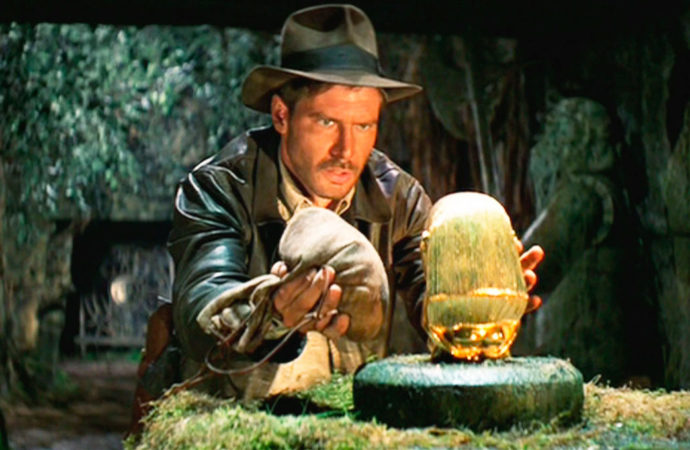

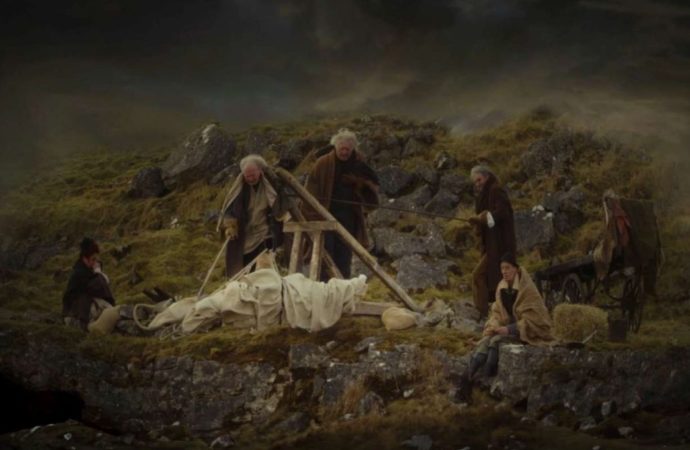

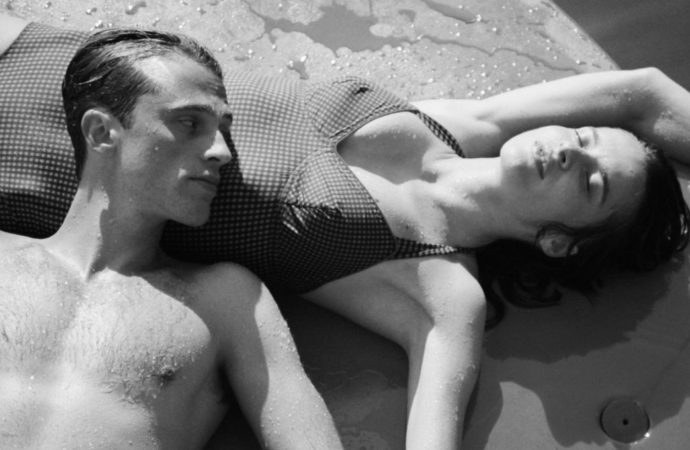

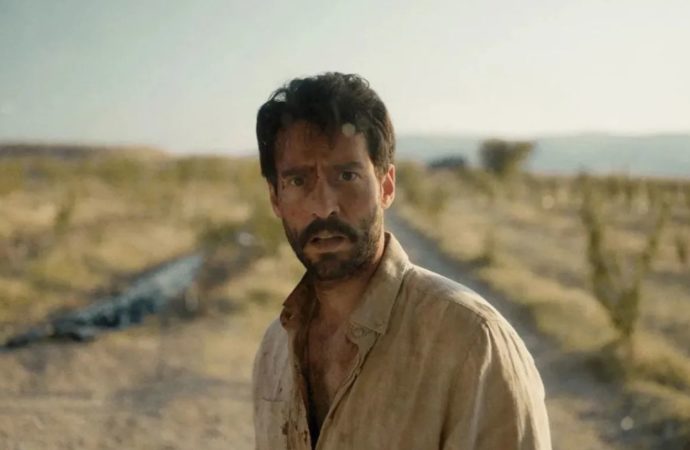
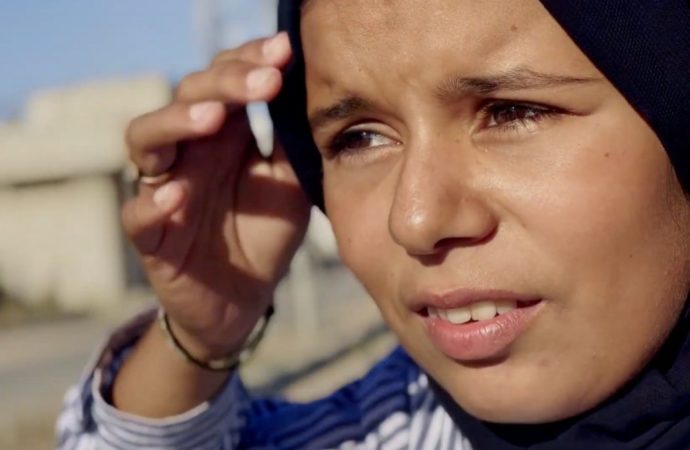
No one has posted any comments yet. Be the first person!